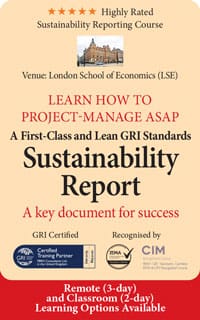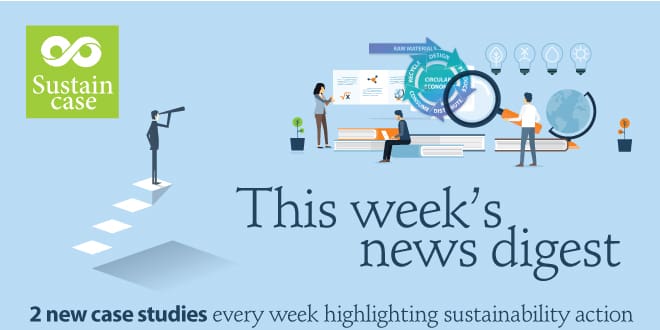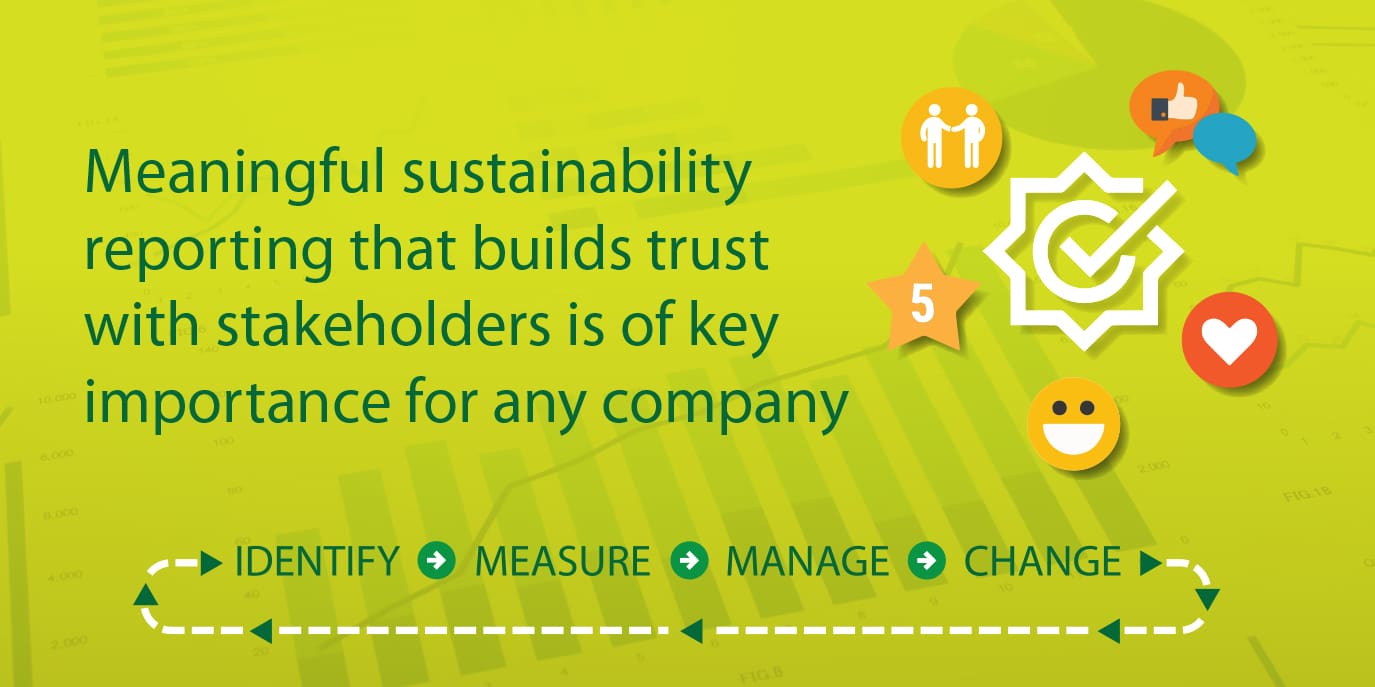
An organization’s high-performance standards and reputation are “intangibles” that help to attract and keep employees. These attributes can be demonstrated by the quality of the sustainability
reporting process and by the final report, showing environmental and social commitment and performance.
Firstly, the organization will have the advantage of a learning process involving the core reporting team. They will get to know the company much better, will see the real challenges and will tend to commit to solving problems and to celebrating positive aspects of the organization’s performance.
Other employees, in different areas, will also be involved in the reporting process, even if only for data gathering rather than in the process coordination. They will discuss the task with others and by doing so, many more people in the organization (especially in a large organization) will find out about the process that is taking place. If the process is transparent, it can help strengthen the company’s reputation.
Also see: The main benefits of sustainability reporting
The reporting process demonstrates that a company is not just “talking” about sustainability issues, but also preparing to publicly discuss, measure and act on these issues. This will strengthen the company’s internal and external reputation.
Finally, the workforce will contribute more and stay longer if motivated, empowered and aligned with strategic objectives.
The final report is occasionally also used in the selection process for potential employees and for attracting specially talented candidates.
Organizations have to distinguish themselves from the competition through their values, work climate, principles followed, and performance reported. A sustainability report communicates commitment and can attract motivated employees. Tweet This!
According to Barbara Dubach, Head of Social Responsibility and SD Coordination, Holcim, Switzerland, “sustainability reporting has the capacity to add value to an organization for a variety of stakeholders … employees prefer to work for such companies …”
References:
This article was compiled using a publication by GRI. For the sake of readability, we did not use brackets or ellipses but made sure that the extra or missing words did not change the publication’s meaning. If you would like to quote these written sources from the original please revert to the link below:
https://www.globalreporting.org/resourcelibrary/Starting-Points-2-G3.1.pdf








